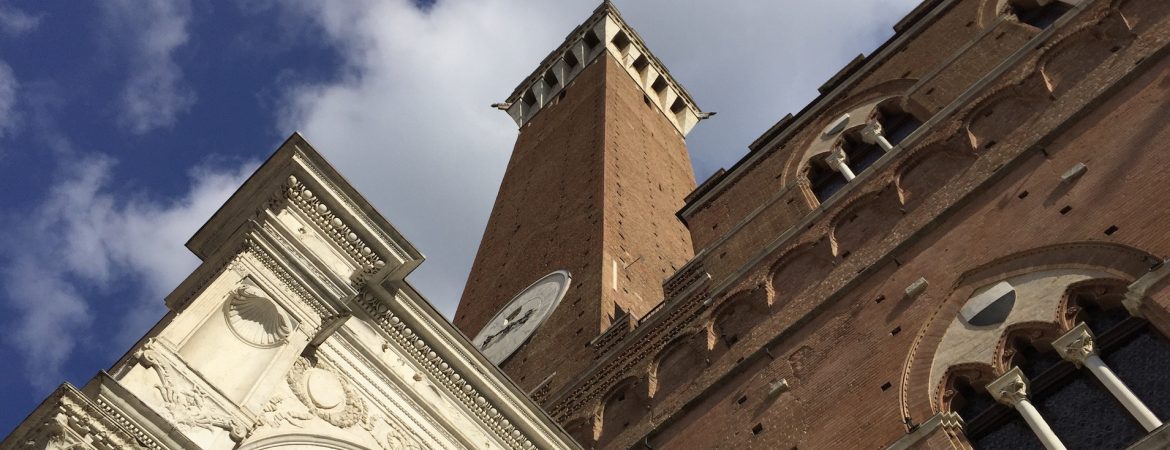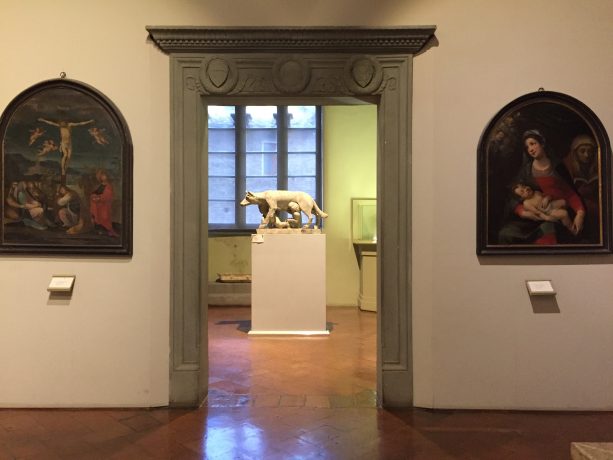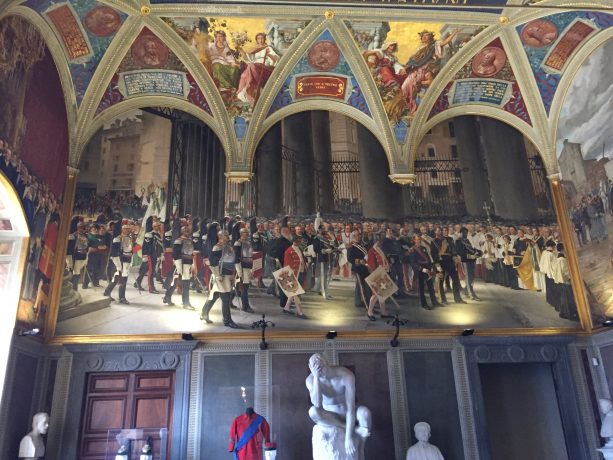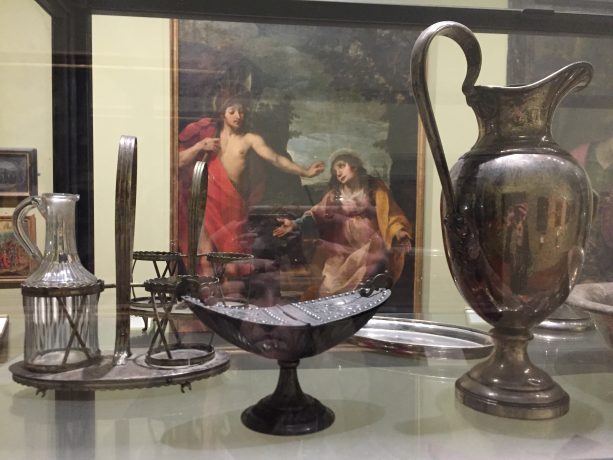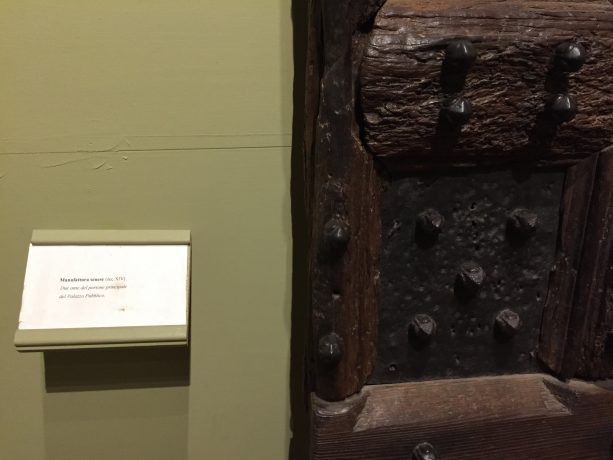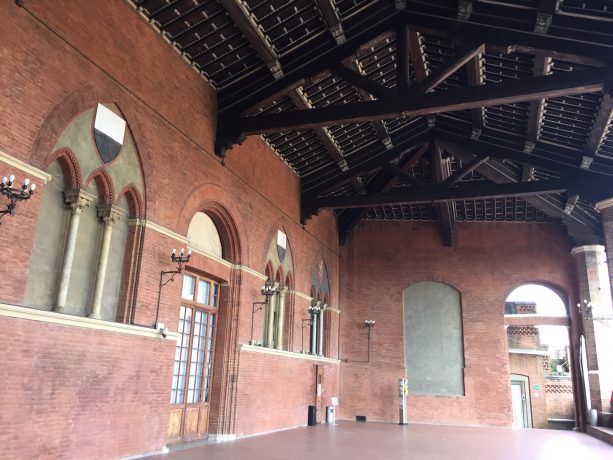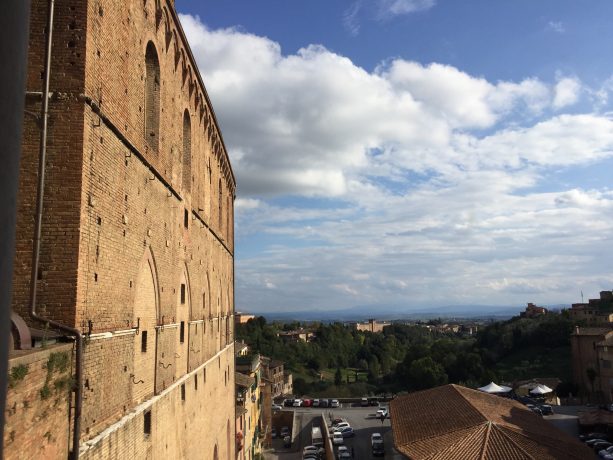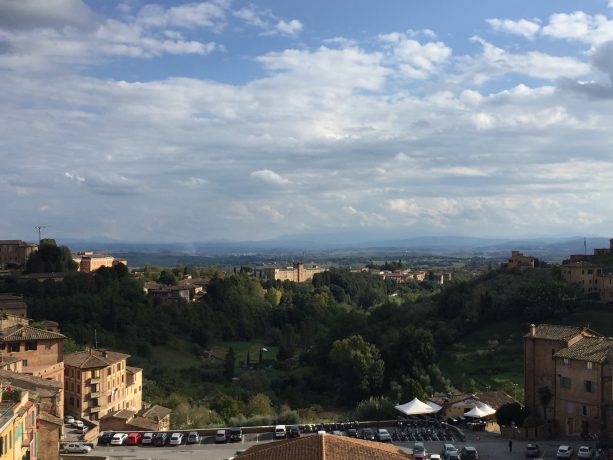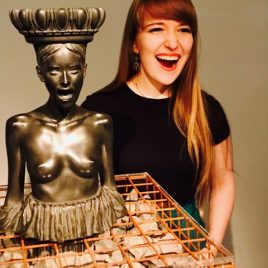Siena’s Civic Museum is situated in the heart of the city - in Town Hall (Palazzo Pubblico) building on Piazza del Campo, where the famous Palio horse races take place every summer. Palazzo remarkably stands out as the natural centre of the architectural perspective and one of Siena’s symbolic buildings that offers an insight into the regions' history.

The construction of Palazzo Pubblico began in 1297 and its original purpose was to house the government. The objective dictated the terms of its decoration which brought the architects to a revolutionary decision: since it was commissioned by the governing body, rather than by the Church, the frescoes must depict secular objects and stories instead of religious ones.


Today the Civic Museum contains the unique non-religious 14th century frescoes, the most famous of them is the duo “Allegory of Good and Bad Government” by Ambrogio Lorenzetti on the opposite walls of one hall, where the Siena’s Council spent most of its time. Both frescoes depict a recognizable view of the region and serve as a warning to the officials - what would their life be if the governance was bad. Being a historical landmark itself, the Civic Museum tells the story of Siena and the surrounding area through artefacts, paintings, furniture, frescoes and various objects.


If you are interested in the region and want to know more about the place you are visiting, this museum is perfect. It radiates with the atmosphere of the long-gone era and sets your mind on research and exploration. We would suggest renting a tablet guide with substantial information on the Museum, especially if you don’t speak Italian, since most signs in English are not that detailed. You will learn some fascinating facts about Siena, its art scene and of course the rivalry with Florence.
An example of that rivalry is the imposing bell tower Torre del Mangia, rising to the left of Palazzo Pubblico. The tower was designed to be taller than the one in neighbouring Florence and the tallest secular structure in Italy. At the same time the Palazzo was built to be exactly the same height as the Siena Cathedral, symbolising that the church and the state had equal power.


If you are ready to climb 400 steps, you can buy the discounted tower ticket when purchasing the museum ticket. From Torre del Mangia you can admire a splendid view over Siena and then after walking the 400 steps back, peacefully eat pasta without the fear of weight gain. Talking about food, in Italian the Tower’s name literally translates “Tower of the Eater”. It refers to its first bellringer, Giovanni di Balduccio, nicknamed Mangiaguadagni (“profit eater”) for his profligacy and gluttony. But let our gluttony be only for the art.

Tip: there are quite a lot of steps even to get to the museum, so wear comfy shoes. In order to rent the tablet guide you must leave an ID such as driver’s license or passport, nothing else would be enough. The Torre has limited visiting time. In summer the waiting time can be up to 2 hours, so we suggest buying the ticket and visiting the museum while waiting for your timeslot.
Fact: Palazzo Pubblico is still used for its original function, for the municipal offices of Siena.
The façade is slightly curved inwards to reflect the outwards curve of Piazza del Campo.
